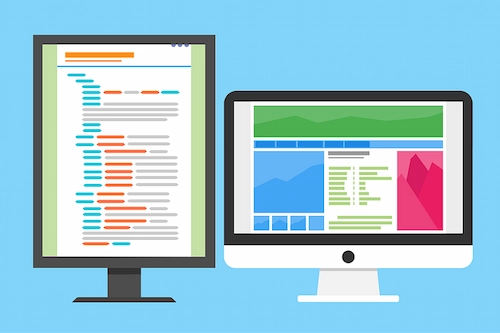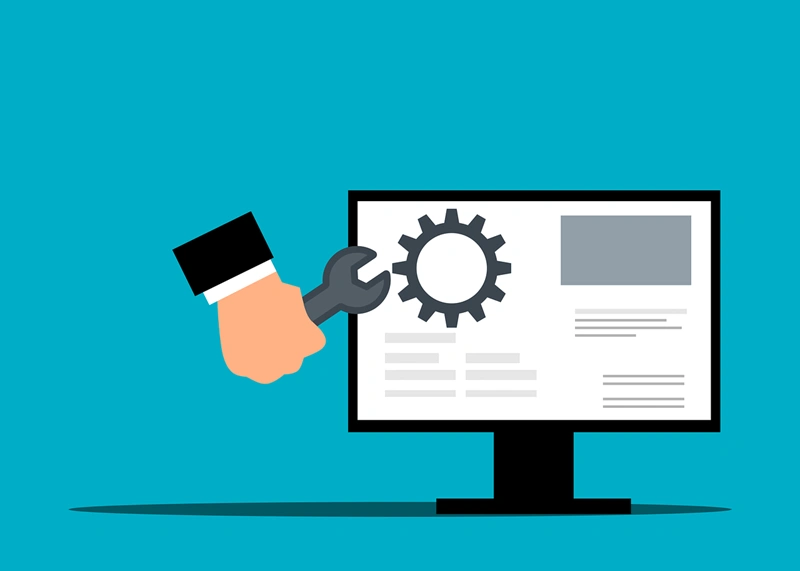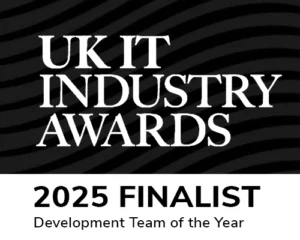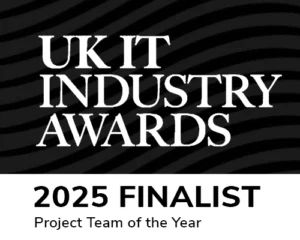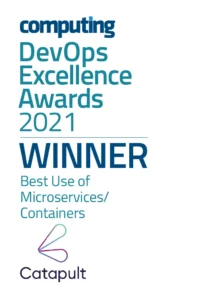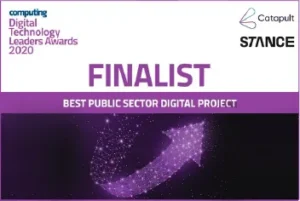Legacy systems are hiding a goldmine of data, but you’ll need to modernise to unlock it
Artificial intelligence continues to dominate boardroom conversations, and with good reason. When implemented effectively, AI has the potential to accelerate decision-making, uncover insights and deliver genuine business value. But for many organisations, these opportunities remain out of reach.
Despite the hype, they’re discovering that the real barrier to using AI isn’t technical complexity or cost, it’s their own legacy systems. Here Craig Cook, principal consultant at software engineering expert Catapult, explains why legacy systems are holding businesses back and what they can do to move forward.
To generate meaningful results with AI, businesses need to feed their models with the right data. Whether that data relates to customer behaviour, operational performance or internal workflows, it needs to be accessible, accurate and available in real time.
The challenge is that, for many businesses, their most valuable data is locked inside ageing systems that were never designed for modern integration. These systems often pre-date standardised APIs, store information in fragmented or inaccessible formats and resist efforts to scale or automate. The result is that organisations are sitting on a goldmine of information but have no practical way to access or utilise it.
This is a significant problem, not just for AI, but for any data-led initiative. Without access to clean, usable data, teams can’t generate the insights they need to make informed decisions. Attempts to manually extract data from legacy systems can be slow, error-prone and resource intensive.
Worse still, many businesses rely on bespoke codebases or outdated hardware that limit their ability to respond to change introducing risk every time an update is attempted.
Getting to your data — without the disruption
Becoming AI ready doesn’t require a full-scale system overhaul. In fact, trying to rip and replace core systems often leads to disruption, spiralling costs and lost productivity.
A more effective approach is to modernise just enough to get at the data. That might mean introducing secure APIs, migrating selected workloads to cloud infrastructure or building lightweight data pipelines to replicate information into a more flexible analytics platform.
By focusing on iterative improvements, businesses can gradually unlock the value of their legacy systems without halting day-to-day operations. This process also needs to be underpinned by strong governance.
As organisations expose more of their internal data to modern platforms, they need to ensure that it’s well-structured, well-managed and protected against potential misuse. Modernisation and compliance go hand in hand — especially when AI is involved.
AI as a tool, not a replacement
But it’s not just about technology. One of the most common misconceptions about AI is that it can replace the need for expertise. In reality, AI is a tool. It doesn’t make strategic decisions or interpret outcomes in context, people do. To use AI effectively, businesses need domain experts who understand the questions worth asking and know what to do with the answers.
Just as electric drills didn’t eliminate the need for builders, AI won’t eliminate the need for analysts, engineers or business leaders. However, it can make their work faster, more accurate and more impactful. And to realise that value, organisations need the right systems and infrastructure in place.
Many of the challenges businesses now face around AI readiness are the same ones they faced years ago with business intelligence tools. Then, as now, the goal was to make better use of internal data.
What’s changed is the scale and speed of the opportunity. AI models can spot patterns faster and with less structure, but they still need a reliable foundation to operate. If the data isn’t there — or can’t be reached — the insights won’t follow.
Catapult helps businesses tackle these challenges by aligning modernisation with business goals. That means working with internal teams to identify high-impact opportunities, exposing legacy data through modern interfaces and introducing automation that reduces operational risk. It also means ensuring that every technical improvement delivers practical value.
AI readiness doesn’t mean ripping out every system. It means modernizing just enough to unlock your legacy data, enforce governance, and support experts with AI-driven insights. By aligning modernization with business goals, you can use AI to accelerate decision-making, improve outcomes, and future-proof your operations.

